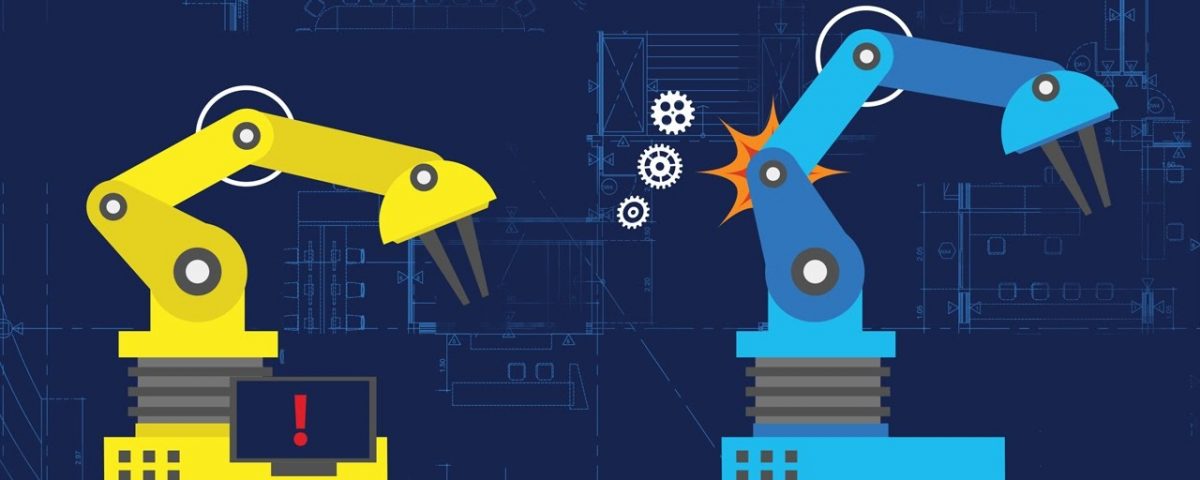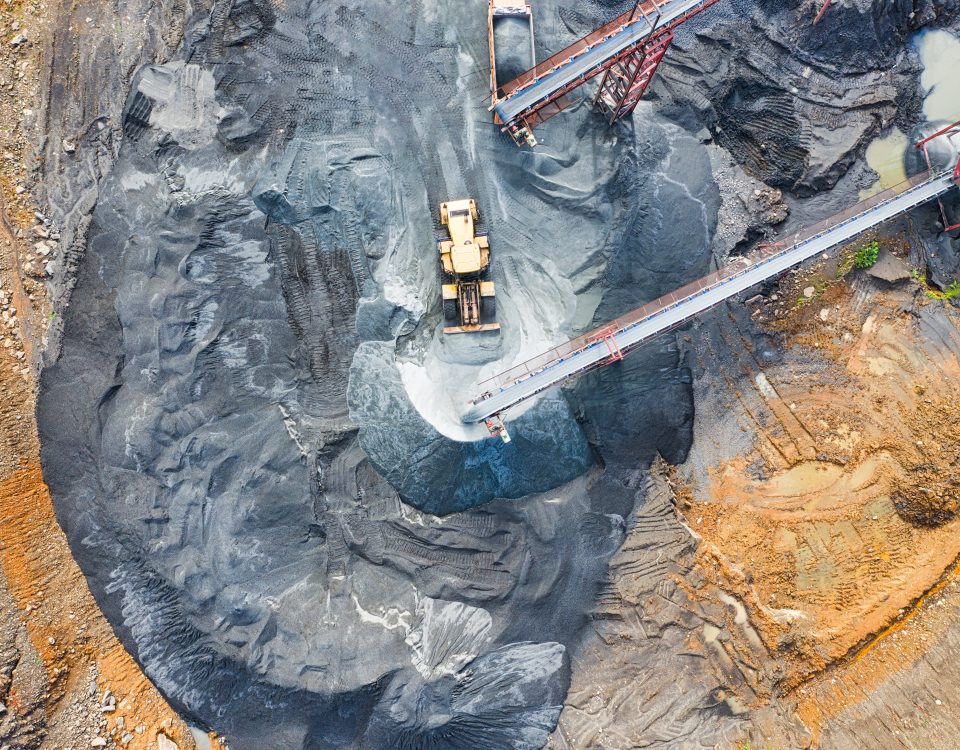
How Sustainable Manufacturing Benefits Everyone
September 17, 2020
Enhancing Forestry Operations with Hydraulic Cylinders
May 22, 2023Production Analysis
_____________________________________________________________________________________________________________________________________________________________________
By Robbie West | Published November 2, 2020
_____________________________________________________________________________________________________________________________________________________________________
Technology is changing the way managers conduct production analysis. Analyzing internal value chains is the best way to identify where your company could profit from emerging business monitoring procedures. Integrating a variety of technological monitoring systems can improve the overall organizational efficiency. Predictive maintenance, remote inspections, and supply and demand forecasting have all been implemented to save companies thousands of dollars across a variety of industries. Having a plan in place to integrate new machines or replace old parts reduces downtime and improves production competence.
- Predictive Maintenance- this practice attempts to eliminate downtime due to equipment failures. It predicts when machines need to be serviced or when parts need to be replaced. According to a study by Deloitte, predictive maintenance can reduce annual downtime by 70%. This can also reduce unexpected costs by 22% annually. Planning to replace machines or parts before they break keeps companies aligned with their annual budget.
- Remote Inspections- when companies have aging infrastructure, they need to frequently perform inspections to evaluate operating capabilities. As technology rapidly develops, it provides answers to our problems; however, it also comes with its own challenges. Upgrading infrastructure with artificial intelligence (AI) enables machines to run self-diagnostics and identify internal issues. This also allows companies to reduce downtime and save money on information technology (IT) expenses. Implementing IT may be an additional expense upfront, but it pays for itself over time.
- Technological monitoring systems can monitor supply and assist with demand forecasts. Forecasting demands of different products can guide manufactural efforts. Forecasting can be beneficial for internal services such as electricity usage, parts, and labor needs. This helps management have accurate information to form projections when allocating resources.
When deciding which monitoring systems to implement, you should evaluate your production procedures thoroughly. This will help locate potential bottlenecks that have occurred in the past due to maintenance. Benchmarking is a good way to assess which monitoring system may work best in your industry. Evaluating your company’s value chain and adjusting with technological developments will improve businesses profits long-term. Michael Porter first coined the term value chain in 1985 to describe how companies turn raw materials into finished goods. Many intricate parts lead to a products value proposition for a customer. Supply chain management, operations, distribution, sales, marketing, and service are intricate parts of the value chain. The goal is to generate larger profits than the cost of the operation by identifying key areas that have a higher cost to profit margin. Thereby, capitalizing on certain issues in the value chain and thoroughly analyzing them and implementing technology when feasible.

Predictive Maintenance, remote inspections, and supply and demand forecastings have all been implemented to save companies on annual costs.
What increases profit even more is if you cut down the time and money spent producing the product. Apart from the primary activities, there are a few main support activities that companies use: product research and development, technology and systems development, human resource management, and general administration. These activities are not directly involved in adding value to a product, but they do support the value chain and bring the product to fruition. When companies focus on the value chain as it relates to profitability, the details of each activity become apparent.
Value chains also address the Triple Bottom Line (TBL) as lean production has less of an impact on the social and environmental aspects. These initiatives increase the company’s sustainable competitive advantage and brand image. Sustainability reduces waste and costs for a company while also gaining public support. Besides just looking at the economic benefits, companies often neglect to address the social and environmental factors involved in the value chain. The public has become increasingly concerned with the conservation of resources. Since Earth’s resources have decreased tremendously over the past 100 years, people finally understand the importance of sustainability. This is an essential aspect to consider when analyzing the value chain. Providing sustainable alternatives increases the brand image in the public eye, which leads to an increase in sales. Implementing computing solutions and conducting a value chain analysis can increase sales, lean production, and brand image development.


